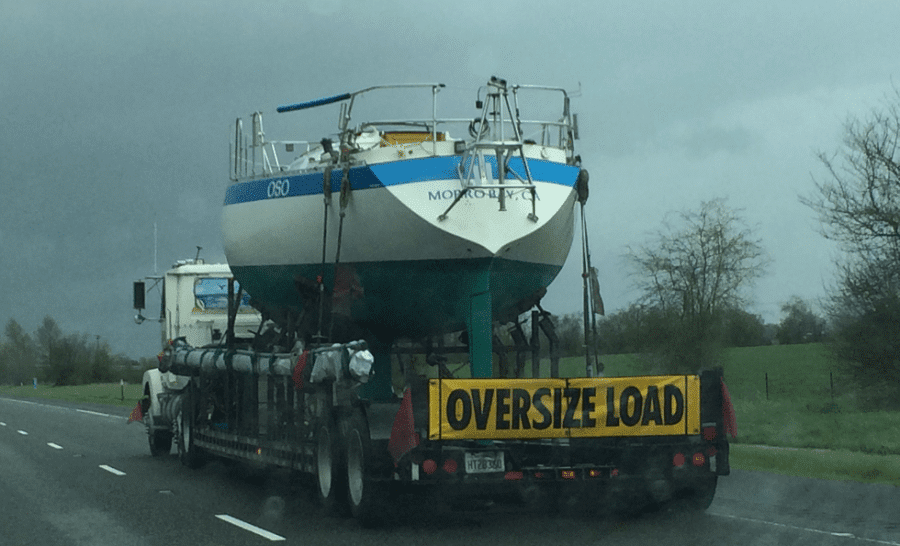Make boat shipping as smooth as possible. While there are many different things to prepare for and remember, the process can be straightforward when you take the proper steps. Learn more about the basics of shipping a boat, from meeting state-regulated requirements to setting up the right equipment.
The boat shipping process starts with determining the best transport option for the size and type of your boat. Discover the different ways to transport a boat, depending on your needs:
If you’re a boat owner or a dealer, you need to carefully consider the following before shipment:
Shipping a boat requires proper documentation, permits and compliance with safety standards. The main regulations include adherence to weight and size restrictions, which vary by state.
Boats that exceed state-regulated shipping dimensions require approval from each state to which they’re shipped. Oversize load and overweight dimensions vary by jurisdiction, so you need to comply with their requirements and costs.
Prepare all the necessary paperwork for smooth, safe shipping. Key documents for boat shipping include:

Follow safety guidelines for safe, efficient boat shipping.
Many powerboats with flybridges have height problems and require additional work to transport, as they have to be routed around bridges and utility structures. These types of shipments require high-pole pilot cars to escort the truck transporting the shipment. If your boat happens to have a flybridge, you may want to check to see if it can be removed before attempting to get a shipping quote. Boat shipping can be much cheaper when the vessel does not exceed 15 feet when loaded on a trailer.
In many cases, boat owners will do custom work to their vessels, like adding a dive platform on the transom or installing a custom bowsprit. If you’ve made any kind of modifications to your vessel’s hull, you’ll need to measure your boat for its actual dimensions physically.
The boatyard you intend to use must schedule the boat lift crane properly in advance so it’s set up before your boat shipper arrives. Any delays in loading could lead to paying costly penalties for detention time. In most cases, over-dimensional shipments for boats can only be transported during daylight hours. Make sure you’re prepared to deal with any unexpected situations that may come up when shipping your boat.
Whether you’re shipping a powerboat, sailboat or commercial fishing boat, it’s going to take some planning. Make the process simpler by choosing the right shipping partner.
At Wide Load Shipping, we can assist with your boat transport needs. Call us at (877) 792-5056 or submit your shipping quote request online.